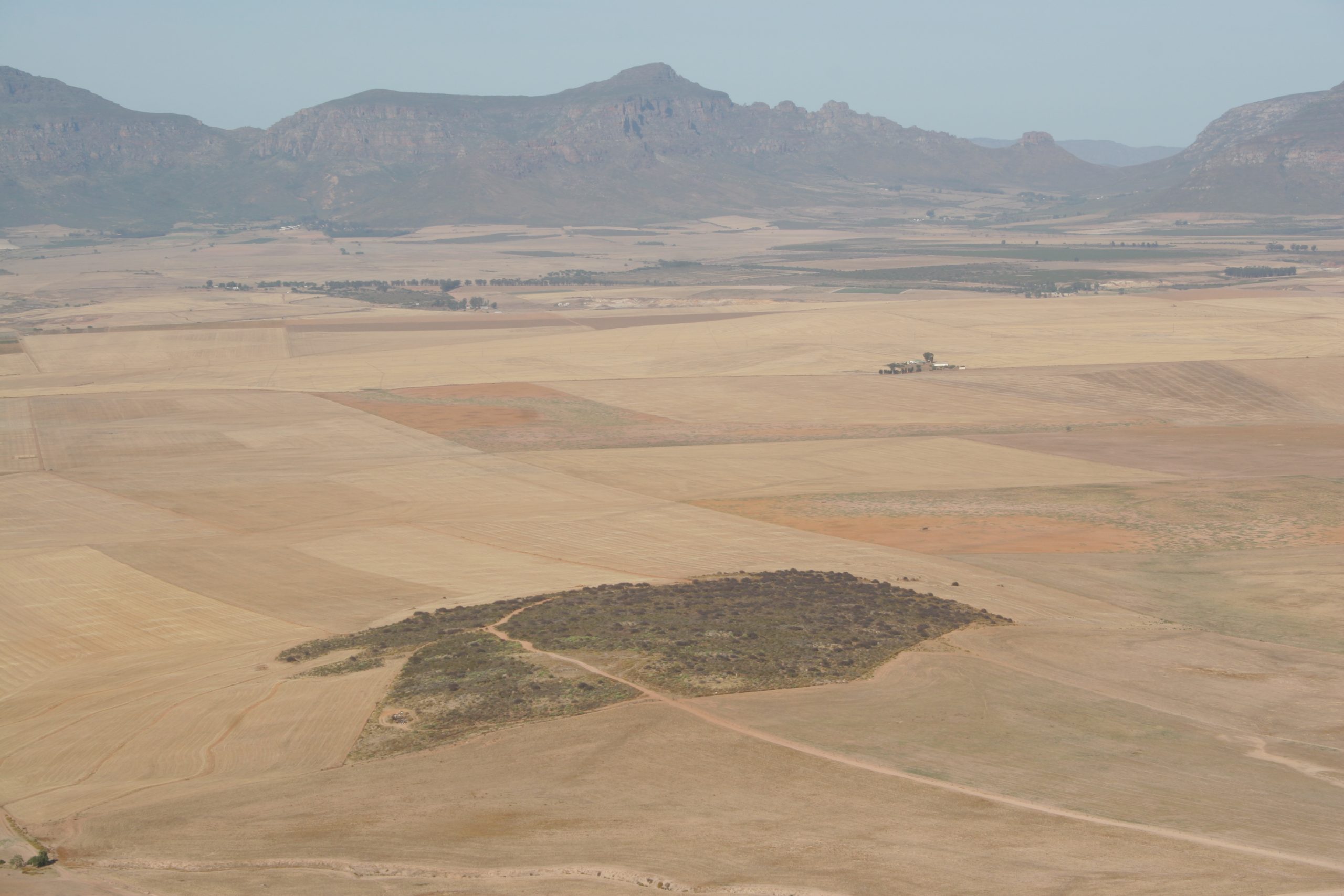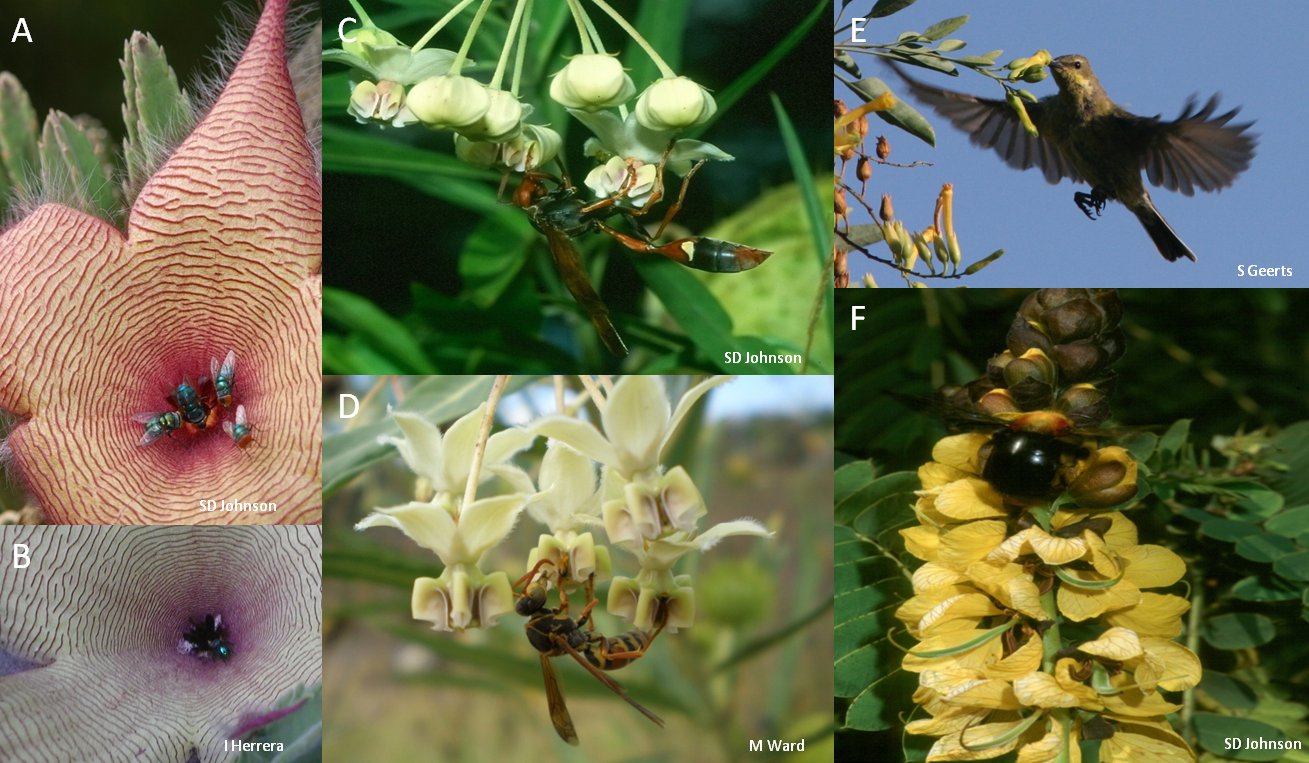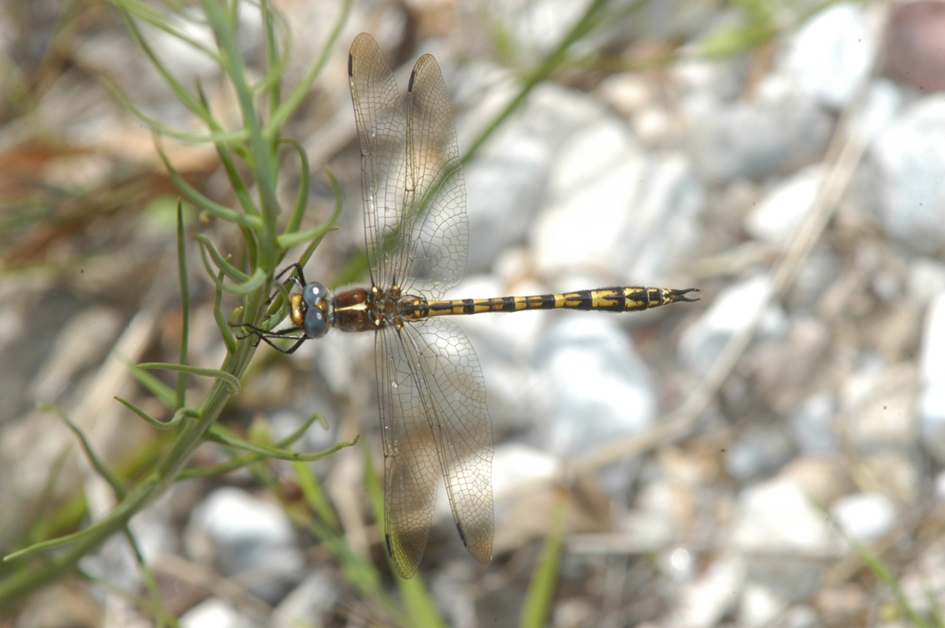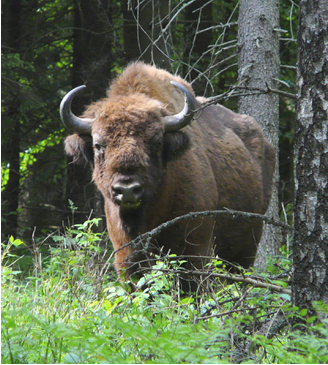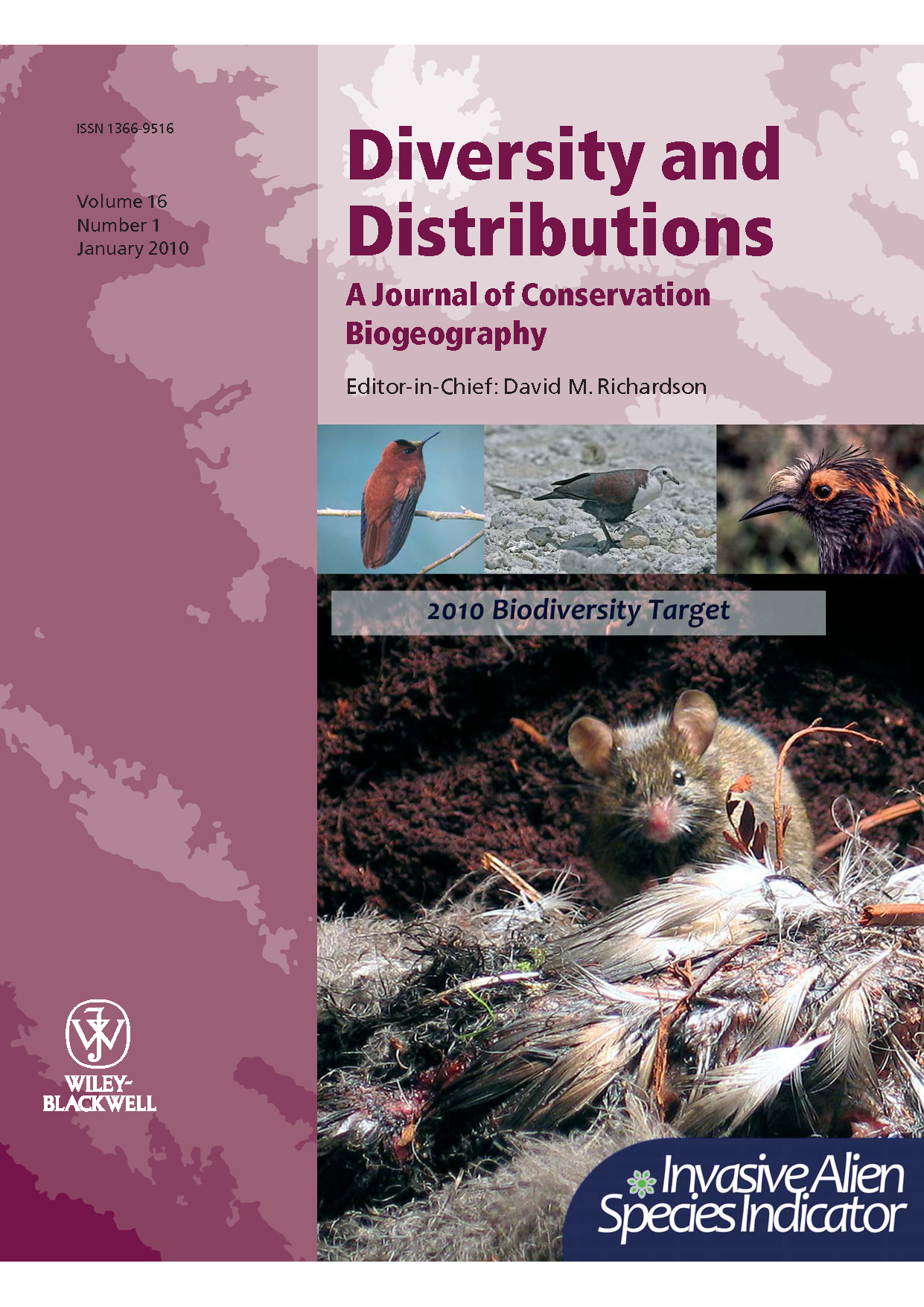Human impacts on biodiversity in southern Africa: how much do we know?
The influence of human activities on biodiversity is extensive and worldwide. In fact, there may not be any untouched region as the impacts of anthropogenic climate change and occurrences of biological invasions are ubiquitous across biomes.

